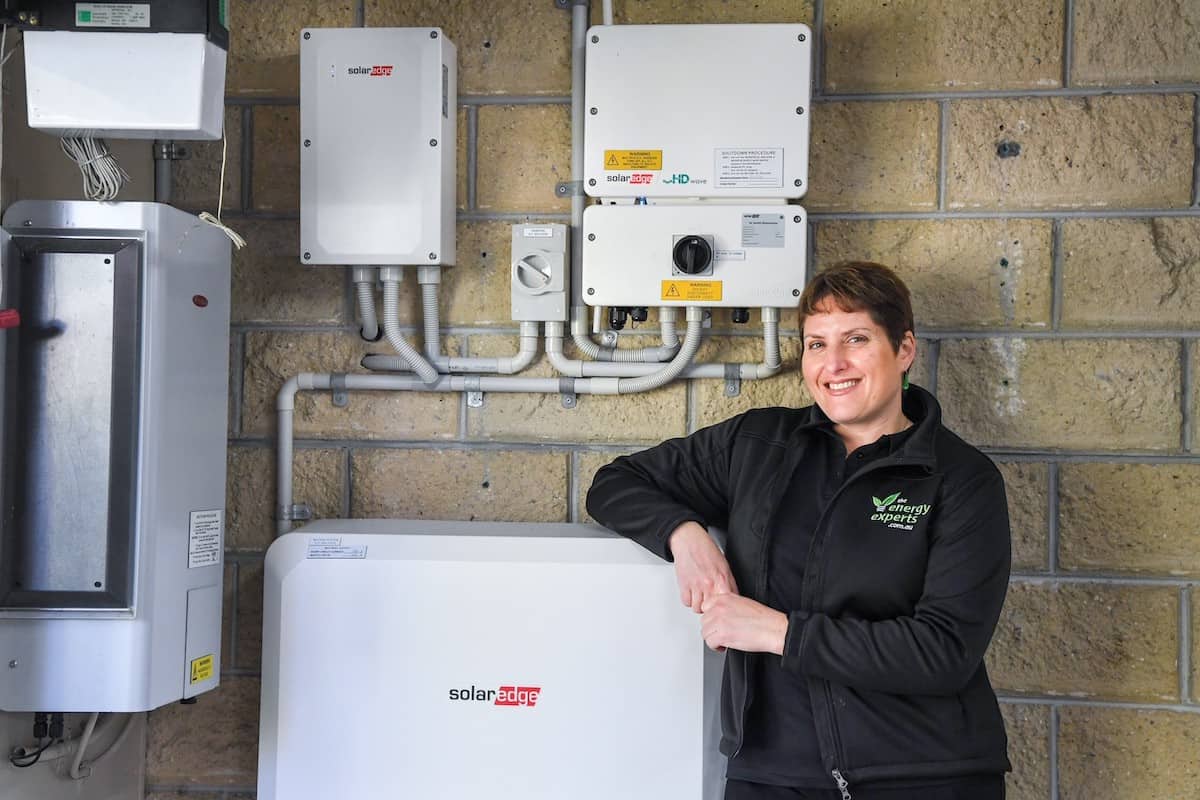The trick to getting the most out of a solar power system these days isn’t so much the Solar Feed-In Tariff (think of that as the very little cherry on top), but rather increased self-consumption. ie. using more your free solar energy during daylight hours. The more you can use during the day, the less you buy from the grid. By installing a solar energy diverter, you do just this
We tend to favour the Australian-made CATCH Power solar energy diverter: Green CATCH. Its intelligent control system outperforms simple timers in both cost savings and efficiency, ensuring your hot water is predominantly heated with excess solar energy, while avoiding expensive grid power.
Timers vs. CATCH Power: A Cost Comparison
A timer can help shift some of your hot water heating so that it comes from solar energy (from 10am – 3pm when panels are producing the most), but what happens when your solar generation doesn’t align perfectly with your timer settings? If a timer is set to run at these times, but it’s overcast or appliances in the home are using power at the same time, you may end up drawing power from the grid. Because that grid power is charged at peak rates, it wipes out any potential savings.
Let’s break down the numbers:
- A standard hot water system uses around 7kWh per day
- Off-peak electricity costs $0.20/kWh
- General supply (peak) costs $0.35/kWh
- Feed-in Tariff (FiT) pays just $0.05/kWh
With a timer, you might achieve 60% solar charging on average, meaning the remaining 40% of your heating comes from the grid. If that 40% comes from peak-rate electricity at $0.35/kWh, the cost quickly adds up.
With 60% of this cost being offset by solar, the actual cost is:
- 60% of 7kWh = 4.2kWh @ $0.05 = $0.21
- 40% of 7kWh = 2.8kWh @ $0.35 = $0.98
- Total cost per day: $0.21 + $0.98 = $1.19
- Daily savings: $0.21
How you can save more with a diverter
Connected to a 5kW solar power system, Green CATCH will typically offset around 90-95% of your hot water usage. For example, only 10% of your hot water heating comes from the grid.
Green CATCH starts diverting with as little as 500w of surplus solar energy, which means it’s the most efficient method way to heat water, especially when smaller solar panel systems are connected.
Annual cost comparison
- Doing Nothing and Leaving on Off-Peak: $511 per year
- Timer (60% solar, 40% peak grid): Savings $76.65 per year
- Green CATCH (90% solar, 10% off-peak grid): Saving $344.93 per year
Why simple timers are inferior
Timers operate on a fixed schedule, regardless of how much solar is available. This can lead to:
- unintended grid usage at peak rates (typically 35c/kWh + GST), significantly reducing savings.
- no flexibility—if solar conditions change or household energy use fluctuates, the timer remains fixed.
- missed savings potential —timers don’t allow for strategic top-ups when power prices are cheap.
By self-consuming more of your free solar power during the day, you buy very little electricity from the grid to heat your water. These units essentially turn your electric hot water system into a solar powered hot water system, as they allow surplus energy to pre-heat an electric hot water system. This means your hot water doesn’t need to run overnight anymore because the water has already been pre-heated by the free electricity generated by your solar panels.












